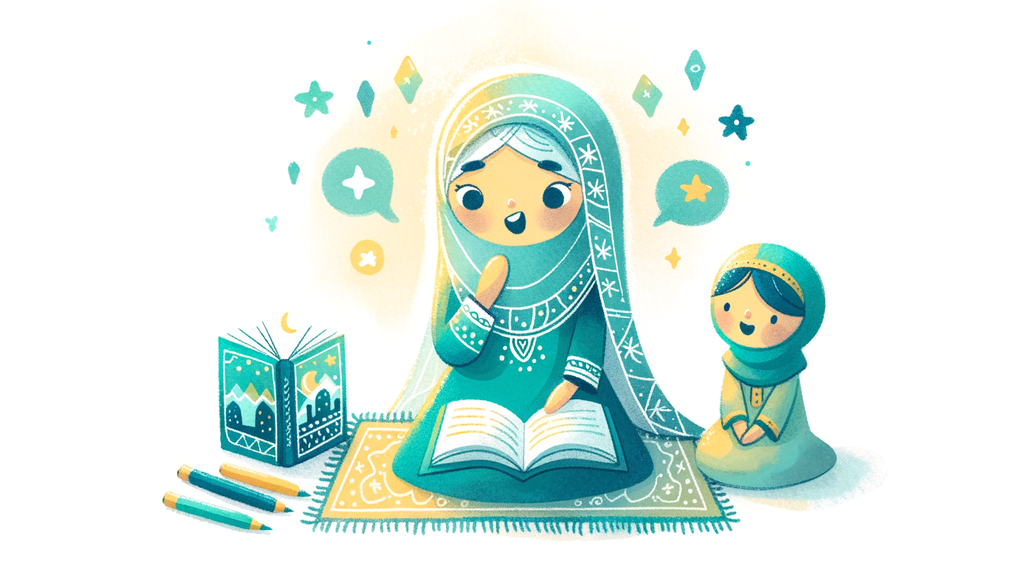The Power of Storytelling in Special Education

As parents and caregivers in the realm of special and inclusive learning, we often struggle with finding effective ways to engage and educate our children. Today, we’re going to explore the benefits of using storytelling as a teaching tool, particularly for children who may have special needs or those identified as gifted and talented.
Why Storytelling?
Storytelling is an age-old practice that transcends cultures and generations. It’s not only a medium for entertainment but also a powerful tool for learning and development. Stories stimulate imagination, enhance cognitive processing, and facilitate language understanding and social-emotional growth. For children with special needs, stories can be delivered in various ways that cater to their learning styles, whether it’s through visual aids, sign language, or interactive digital formats. For gifted children, complex narratives can challenge their high cognitive skills, enrich their vocabulary, spark creativity, and offer valuable insights into human nature and societal issues.
Using Storytelling in Education
Here are some tips on how to incorporate storytelling into your child’s learning journey:
-
Create engaging and relevant stories: The more relatable and engaging a story is, the easier it is for your child to absorb and internalize it. You can tailor your stories to your child’s individual interests, experiences, and challenges. For instance, if your child loves art, consider telling a story about a young artist who overcame obstacles to create a masterpiece. If your child has autism, a story about a character navigating social interactions can offer representational understanding and coping strategies.
-
Use multimedia tools: Technology can be a game changer when it comes to storytelling. Digital books, mobile apps, and online resources allow for interactive narratives with images, animations, and audio that can captivate the attention of special needs students and appeals to the high processing speeds of gifted learners. For ideas on how to leverage technology in your storytelling, check out our post on The Best Apps for Special Education.
-
Include problem-solving elements: Particularly for gifted children, stories with problems or puzzles to solve can stimulate critical thinking and enhance creative problem-solving abilities. If you’re interested in fostering such skills, read our blog post about Fostering Critical Thinking in Gifted Youth.
-
Engage in collaborative storytelling: Encourage your child to create their own narratives. This not only stimulates creativity and language skills, but also offers insights into their thoughts, feelings, and worldviews. Collaborate with your child to develop stories, and integrate their ideas into the narrative.
Storytelling can also be a therapeutic tool to help children communicate emotionally charged experiences or to comprehend difficult concepts. Our post on Art Therapy: A Canvas for Special Needs Expression discusses creative expression methods that can complement storytelling.
Remember, every child is unique; adjust these strategies according to your child’s abilities, preferences, and pace of learning. As we continue to strive towards inclusive and specialized learning, storytelling can be a powerful ally in understanding and educating our children. For more insights into special education, refer back to our previous posts.